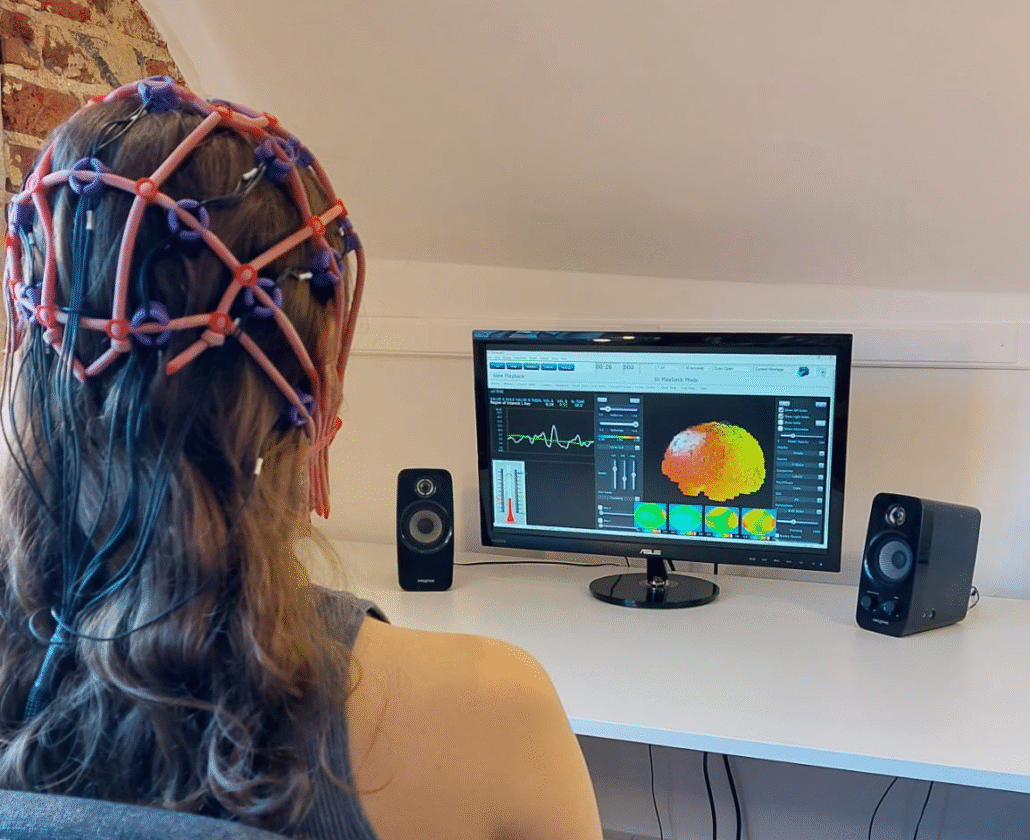Case Study: Adult ADHD Improvement in 10 Neurofeedback Sessions
Client profile
Name: [Ben]
Age: 34
Presenting Issues: I.T. professional struggling with long-standing focus, organization, and emotional regulation issues. Diagnosed with ADHD, Combined Type in his late 20s.
Challenges Ben Faced
Before starting neurofeedback, Ben dealt with:
- Difficulty focusing during meetings or creative work
- Frequent distractions and mental “fog”
- Chronic procrastination and impulsivity
- Trouble falling asleep due to racing thoughts
- Irritability and low frustration tolerance
- He had tried ADHD medication in the past but discontinued due to side effects like anxiety and headaches.
What we found
Using brain mapping (QEEG), we identified common neurophysiological patterns associated with ADHD:
- Elevated theta brain wave activity (linked to distractibility and daydreaming)
- Low SMR/beta activity (affecting focus and mental endurance)
- Suppressed alpha waves (making it hard to relax or regulate emotions)
Personalized Neurofeedback Plan:
Ben completed 10 sessions over 7 weeks, focusing on:
- Reducing excess theta to improve attention
- Increasing SMR (12–15 Hz) for focus and cognitive control
- Enhancing alpha for emotional balance and calm


